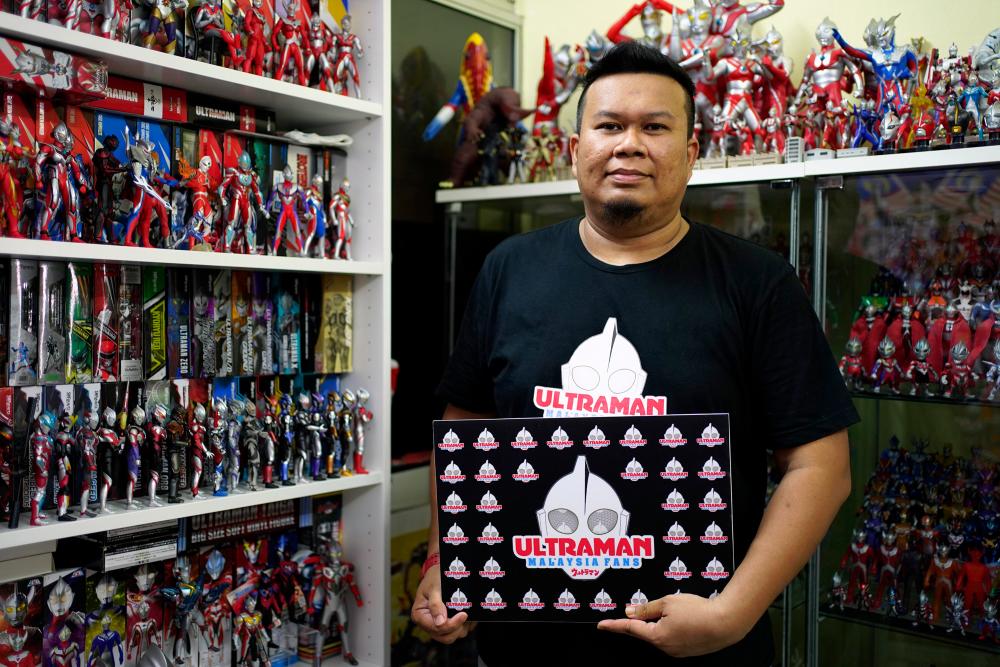THE red and silver giant first appeared in 1966, and it captured the imagination of millions. Hailing from Nebula M78, the warrior of light only appeared for three minutes at a time, defending the planet against enormous threats from outer space and within the earth itself.
The legacy of Ultraman spans across 54 years, three eras (Showa, Heisei, and Reiwa), and an equal number of generations. And it is still going strong with an upcoming Ultraman UT Collection available in Uniqlo outlets and online store from July 20 onwards.
In conjunction with the launch of this highly anticipated UT Collection, BUZZ caught up with one of the biggest Ultra fans in Malaysia to get his thoughts on all things Ultraman.
For Aber Hasyid, his first Ultraman, like most Malaysians his age, was Ultraman Ace, the fifth entry in the Ultraman series (if you include Ultra Q). “He is also the fifth member of the Ultra Brothers,” said the moderator of the Ultraman Malaysia Fans Facebook page.
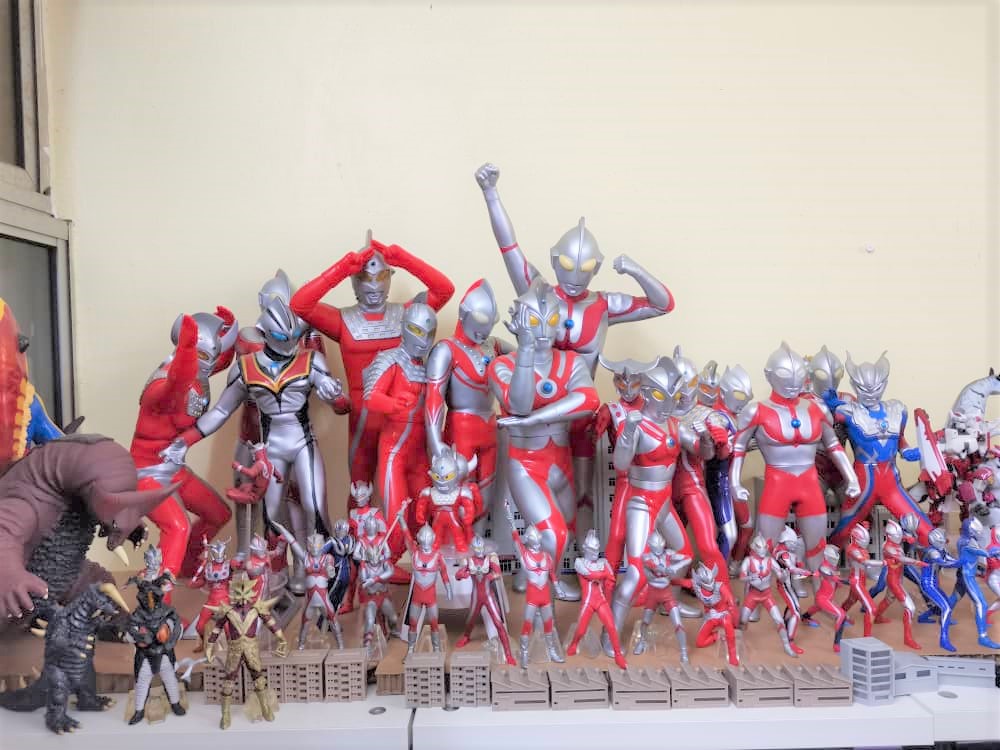
While previous Ultraman series were more akin to science fiction and paranormal mysteries with kaiju (monster) battles, Ultraman Ace is the first in the series that wholly embraced the action superhero genre.
The Ultraman series is also commonly referred to as a Tokusatsu show, similar to Kamen Rider and Super Sentai (Power Rangers). Tokusatsu means a special effects show, live-action Japanese film or TV series that uses practical effects and computer-generated effects.
Behind closed doors in his modest home, in a particular room opposite the kitchen is Hasyid’s near-complete collection of Ultraman Sofubi figures. “I started collecting Ultraman figures because of my kids. They had some Ultraman figures and toys, so I thought, why not complete the collection?” said Hasyid.
Sofubi is a Japanese shortening of the words Soft Vinyl. This is referring to the type of material Sofubi is made of; relatively soft, and highly durable plastic. You have seen them before, hanging on racks at toy stores.
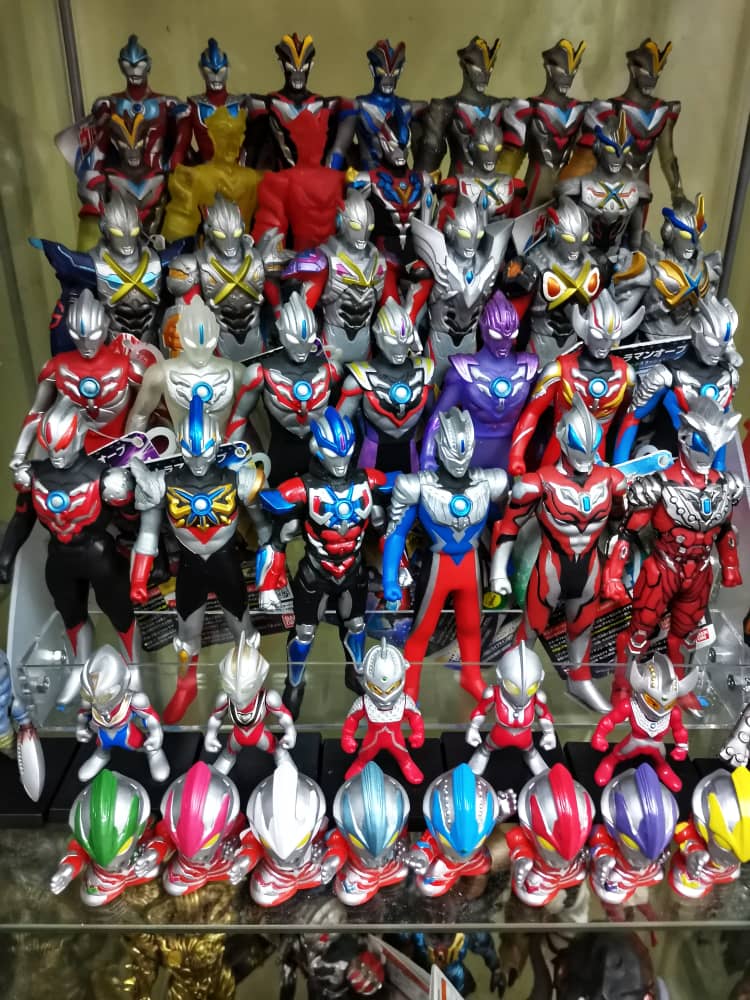
“They have minimal articulation; usually rotation at the shoulders and waist. It is not as possible as an action figure, that does not matter to a child anyway. But, what is amazing about Sofubi figures is they can withstand the abuse,” said Hasyid.
Hasyid’s collection consists of the classic 6in and the newer 5.5in Ultra Hero Series Sofubi figures.
“The original 6in Ultra Hero Series began in 1986 with Ultraman, and ended in 2009 with Ultraman Zero. There were some special editions released later, of course.
“The smaller 5.5in Ultra Hero Series, on the other hand, was introduced in 2013 as a gimmick to the newly introduced Ultraman Ginga. The series is still going strong until today,” explained Hasyid.
While the figures we see on store shelves and at toy shops are the standard array of Ultraman Sofubi figures, Hasyid’s collection includes special editions and variants such as alternate forms and translucent versions.
“The one thing I do not like about the new Ultraman Sofubi figures is the lack of paint. Just pick up a recent figure and look at its back. It is devoid of paint. It is a cost-cutting measure on the part of the manufacturer, and they don’t look as good as they used to,” said Hasyid.
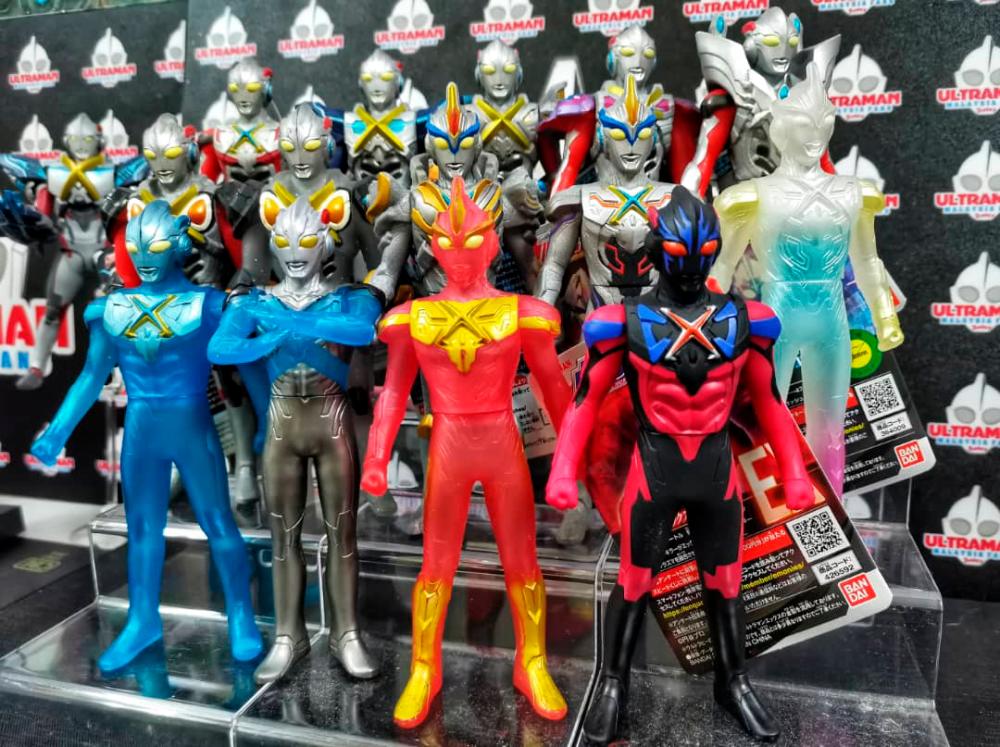
So where does Hasyid get his Ultraman figures? “Flea markets, collectors markets, and second-hand markets, from collectors who want to stop collecting. I rarely buy new, and I share my collection,” he explained, and added that hunting for that one piece to complete a collection is the fun part of collecting.
Like most collectors, Hasyid and the Ultraman Malaysia Fans (UMF) do not hoard. “Whenever we at UMF participate in conventions, we buy lots of Sofubi and sell them for cheap. Sometimes, when we see kids that really want a Sofubi, but their parents can’t afford them, we discreetly give one to them.
“The thing is, we understand that toys are for kids. The reason we like Ultraman is that we grew up with it, we love it as children. I do not want to take that away from kids, not for profit.
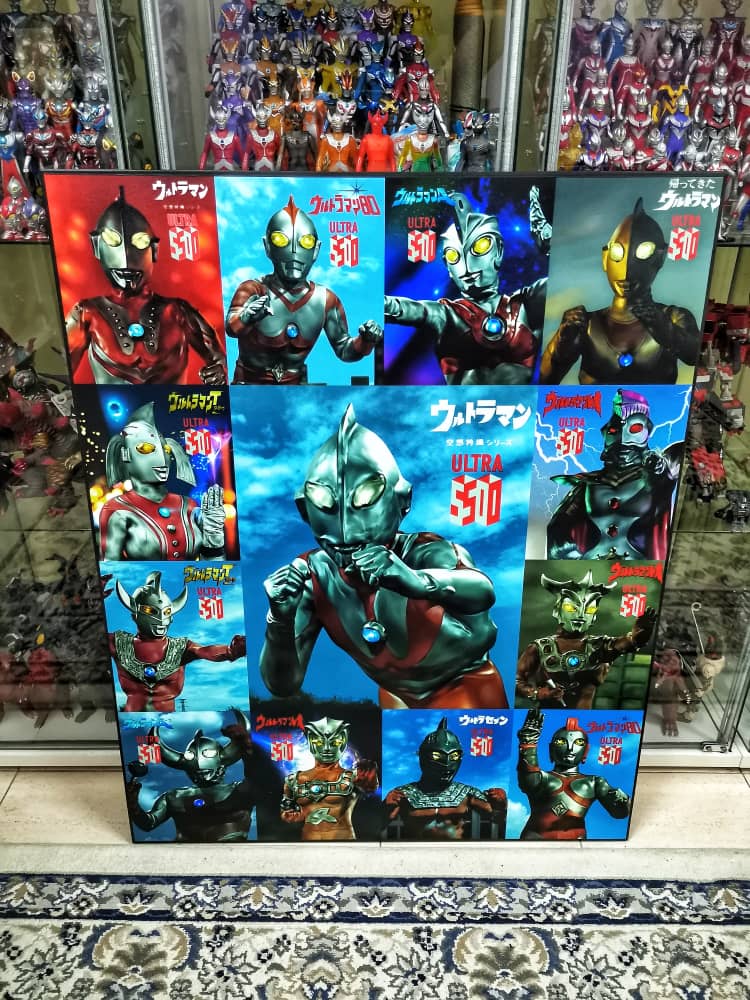
“At UMF, we practice swapping as well. Let’s say I have figures that I can spare that you want, and you have spare Sofubi that I want, we make an exchange and complete each other’s collection.
“I even had young members of my extended family look at my collection, like something, and I just gave it to them. There is no loss if I can part with it. The best part about being a collector and a fan is sharing,” said Hasyid.
When it comes to the bad guys, Hasyid is a fan of Belial, the arch-enemy of Ultraman Zero and Zetton.
“I like the design and the colours of Belial and Zetton. When Uniqlo releases its Ultraman UT Collection on July 20, I will definitely buy the Belial and Zetton UT-shirts, and I am sure they will sell well,” added Hasyid.
Check out Uniqlo’s Ultraman UT Collection HERE
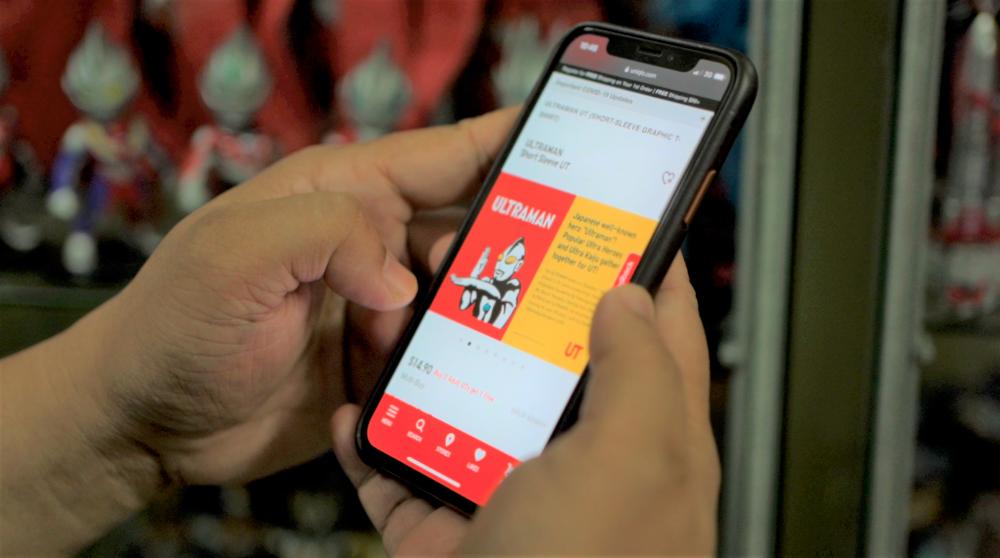
Fans can check out and join the Ultraman Malaysia Fans Facebook community at: https://www.facebook.com/groups/282794722177137



